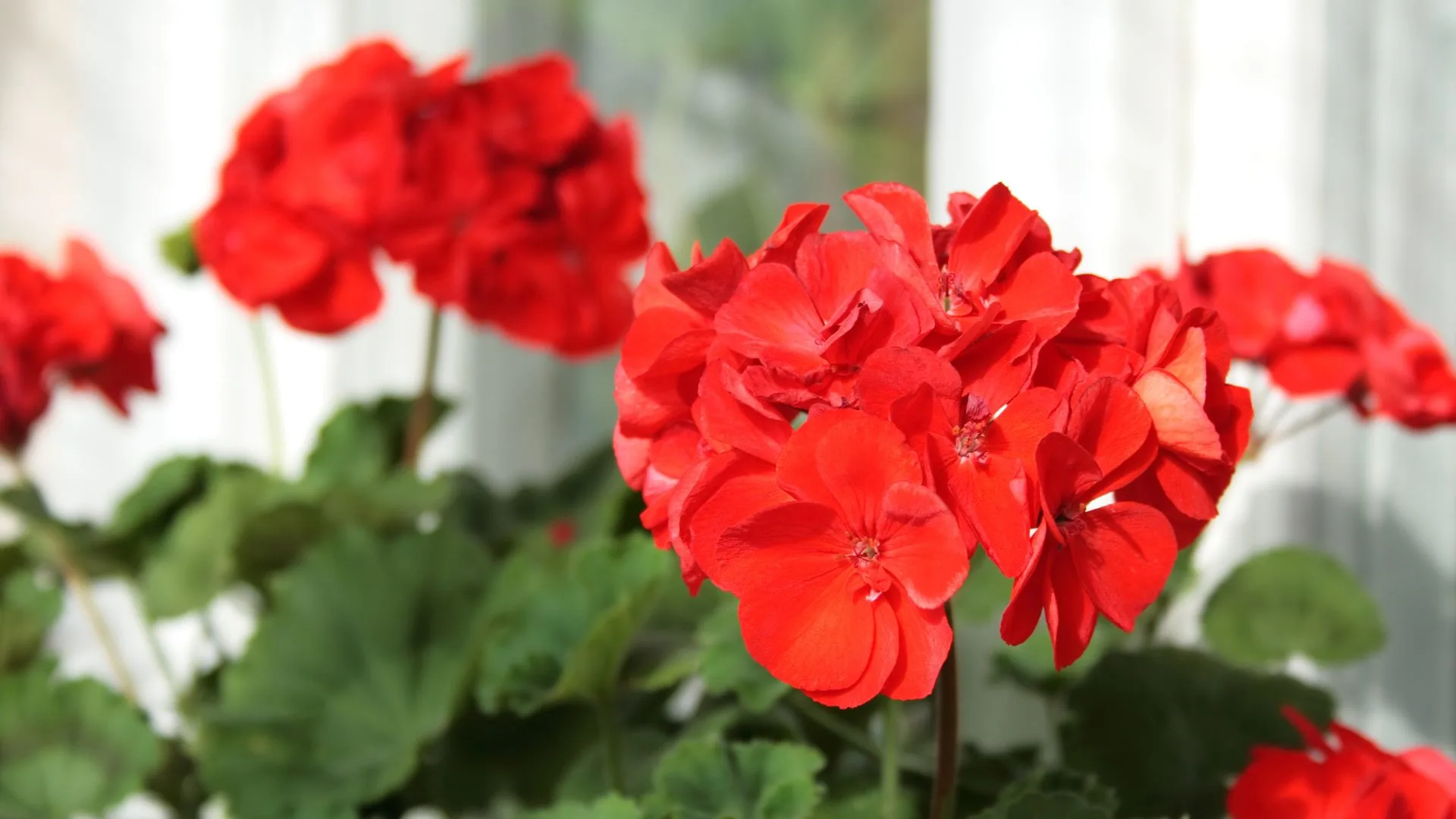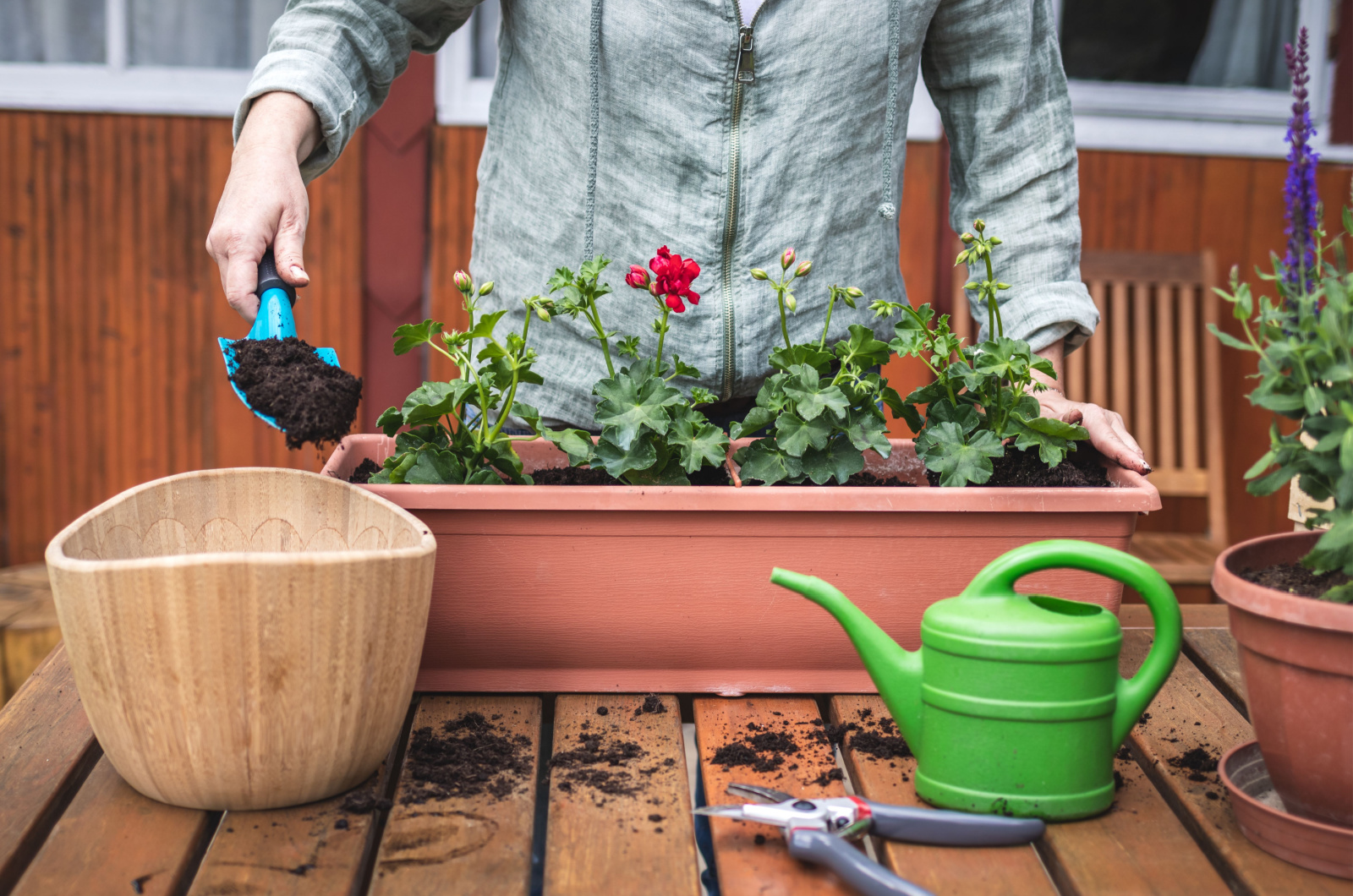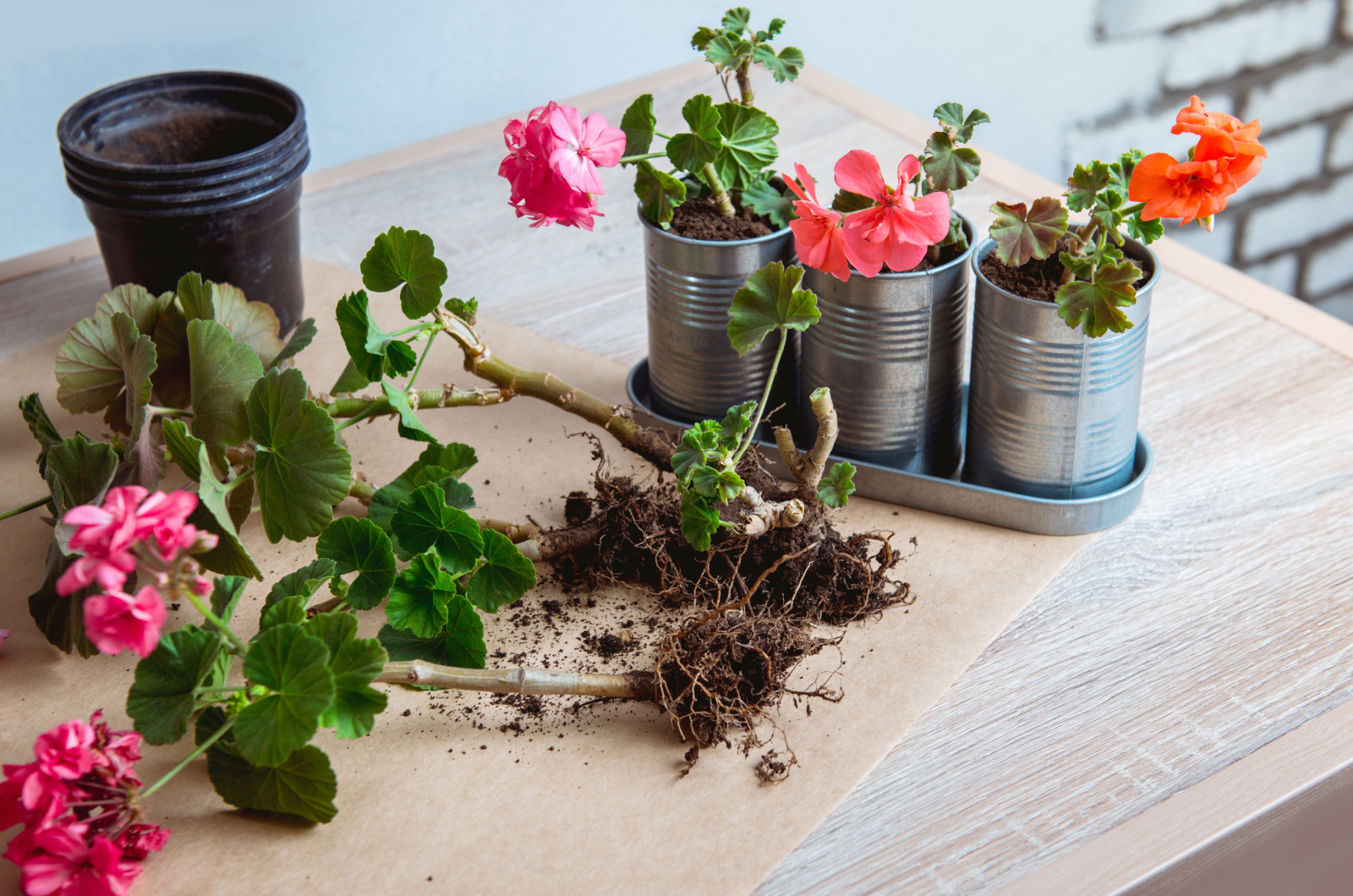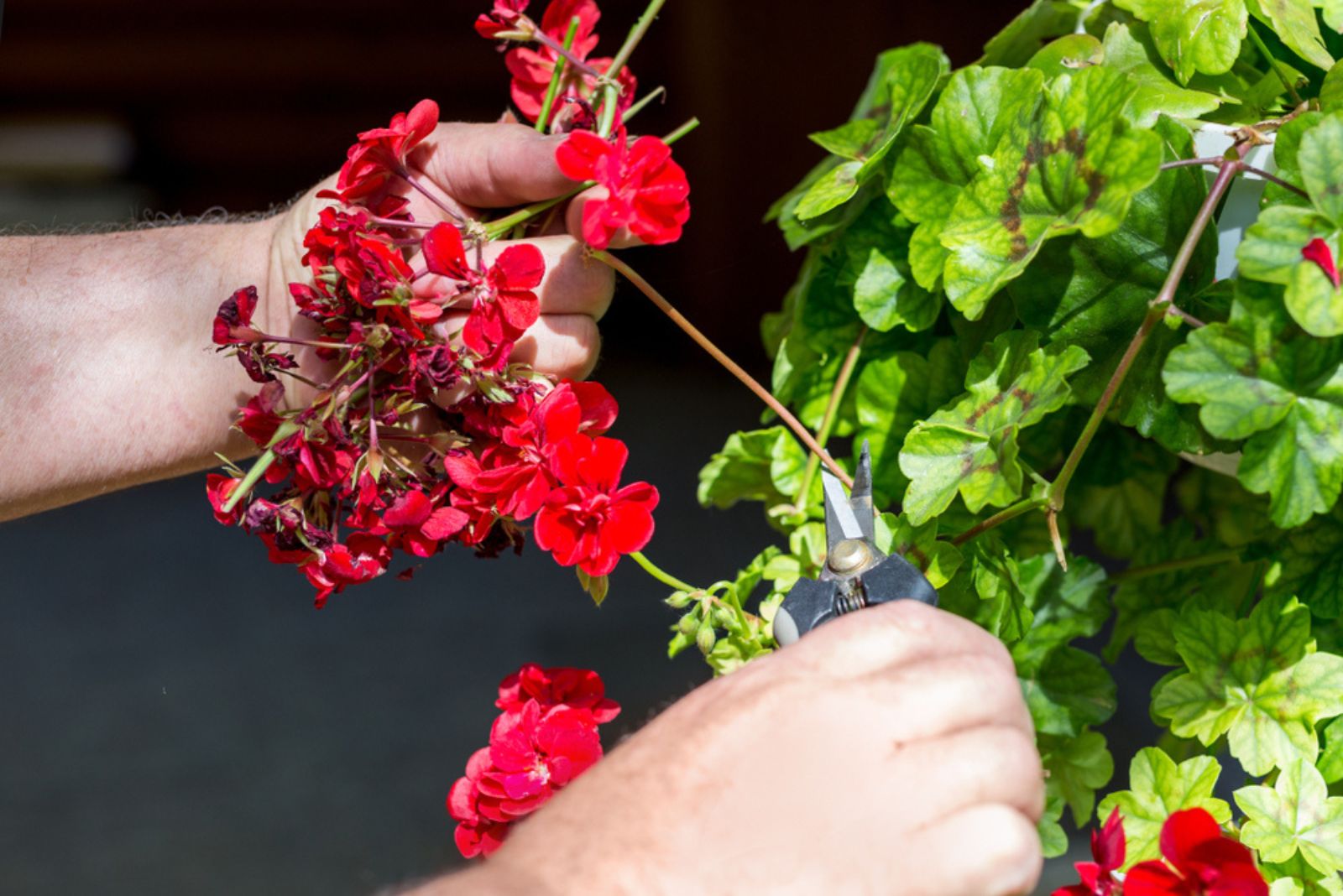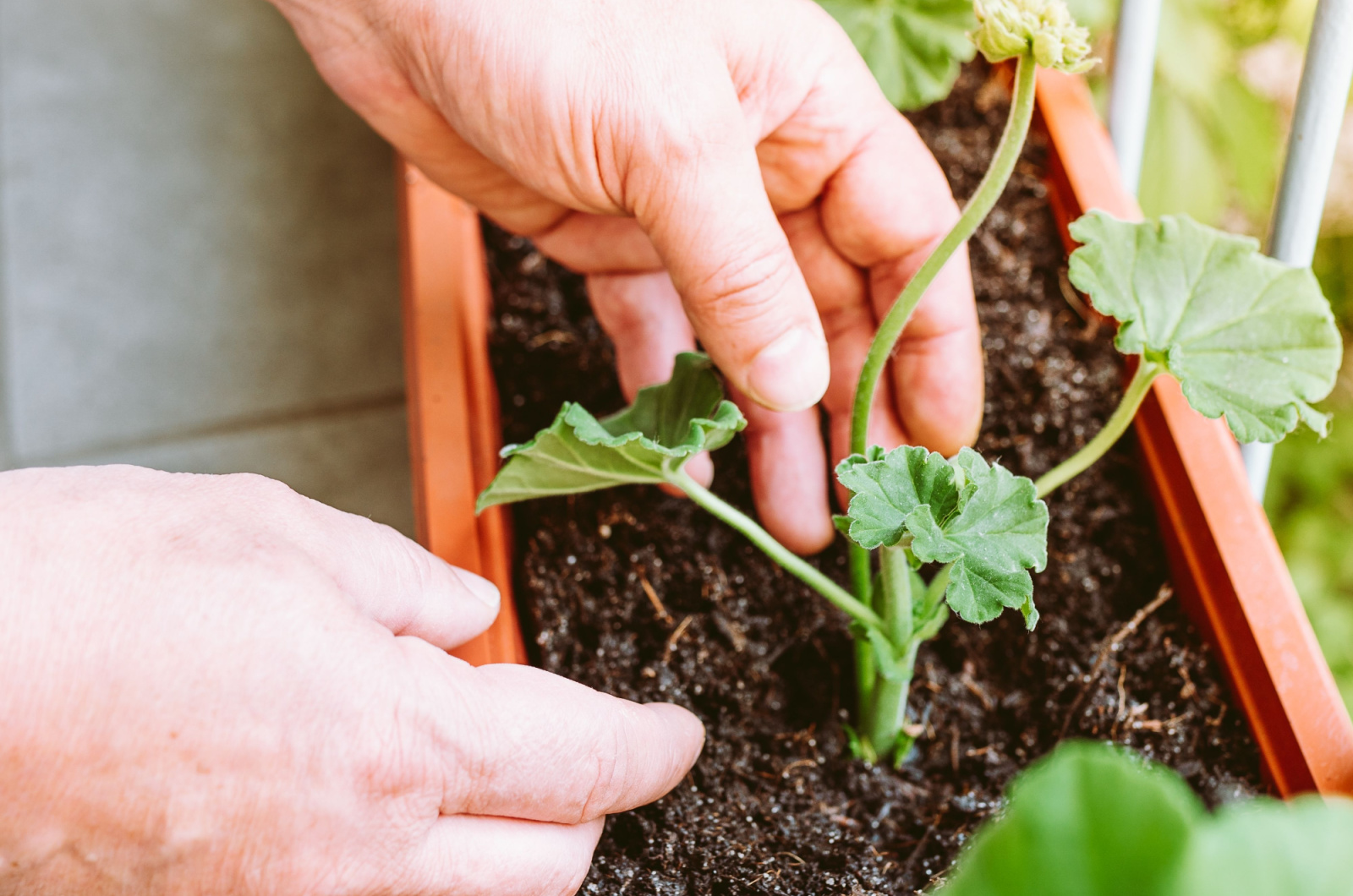Geraniums, otherwise known as cranesbills, are hardy flowering perennials that create captivating flower displays. Although they are known for their ability to bloom profusely in poor growing conditions, there still might be some issues that prevent them flowering altogether!
Don’t worry, we are going to provide you with all kinds of tips and tricks to help keep your geraniums blooming. So, read on to find out more about what can cause them to stop blooming, and how to prevent it.
Let’s get started!
The Reason Why Geraniums Aren’t Blooming
Geraniums produce colorful flowers that can make any garden look more cheery. But what happens when your geraniums don’t produce any blooms?
Well, there is probably something that isn’t sitting well with your geraniums, which is why they refuse to bloom profusely.
The most common reasons why your geraniums are not blooming include bad soil conditions, low temperatures, too much nitrogen-rich fertilizer, and lack of sun exposure. Luckily, all of these can be easily fixed!
You can also opt for long-blooming geranium cultivars such as ‘Orion’ with blue flowers, ‘Ballerina’ with pink flowers, and ‘Tiny Monster’ with magenta flowers.
How To Keep Geraniums Blooming
It is important to get to the bottom of the issue and figure out what’s preventing your geraniums from blooming. We have already mentioned the most common reasons, and now we are going to talk about ways to fix these issues.
Let’s dive in!
1. Provide Good Soil
Geraniums are perennials that grow best in soil that drains well. So, avoid any type of compact soil that can easily get waterlogged.
You can add some organic matter to improve the fertility, but also some materials like perlite or peat moss to improve drainage. It also helps to grow some geranium companion plants nearby that have similar soil requirements.
2. Keep Them In The Sun
If your geraniums don’t get at least 4 hours of direct sunlight during the day, they won’t produce flowers effectively. Ideally, they should receive about 6 to 7 hours of sunlight during the day.
Although they can grow in partial shade, geraniums won’t produce as many blooms.
3. Divide Your Geraniums
Older plants need dividing, so if you have been growing geraniums for quite a while, you might have to divide them.
Start with the original plant – all you have to do is dig out your plant during fall or summer when it is either dying or has just started growing.
The clump should be broken up and you can use a hand fork to separate the woody crown into pieces, making sure each has roots and two to three branches.
Then, you should replant these fragments and water them thoroughly. They might also benefit from some fertilizers. From now on, you get to enjoy more flowering geraniums!
Also read: 10 Indoor Plants That Flower All Year Round For Everlasting Beauty
4. Try Pruning And Deadheading
Pruning and deadheading can lead to continuous blooming. You can prune the plant by a third and remove the spent flowers after the spring’s initial flowering.
Simply remove long stems with fewer leaves and flowers, but also get rid of any spent flowers or damaged leaves. This way, your plant will produce healthier leaves and develop new flowering buds.
5. Use Fertilizers
Our last tip is fertilizing. Even though geraniums are not heavy feeders, they still might benefit from some additional nutrients. You can use a balanced fertilizer once during the growing season.
Stay away from fertilizers with high nitrogen content as they induce foliage production. To avoid damaging and burning the plant, use soluble fertilizers at half strength.
You can also use some liquid fertilizer right after planting your geraniums. Just follow the instructions displayed on the packaging and your geraniums will look better than ever!

